Top 10 Yamaha Sportbikes
It’s been a couple years since we posted our Top 10 Honda Sportbikes list. There always exists subjectivity in such a list, but since the Honda topic was generally well-received, revisiting the idea, this time showcasing Yamaha sportbikes, seemed apropos. Like the Honda list, we’re keeping this one limited to street-legal models available stateside (except one, sue us).
Like Honda, Yamaha owns a colorful history of important sporty motorcycles – more than a single Top 10 list can include. Narrowing down such a cornucopia of two-wheel performance is a difficult task, but we’re certain that if you feel we omitted a bike more deserving than one of the 10 selected here, you’ll certainly let us know in the comments section below.
10. RD400
In the 1970’s heyday of 2-stroke performance, when the efficient yet dirty form of internal combustion was still allowed within the continental United States, Yamaha’s RD400 was the bike of choice for many cafe racer wannabes. Rarely would one be seen in stock trim like the model pictured above, as OEM handlebars were replaced for clubmans quicker than the RD could accelerate through the quarter-mile, which was approximately 14 seconds.
9. FJ1100
It may not seem like it now, but in 1984 Yamaha’s FJ1100 was a fairly hardcore sportbike, winning accolades from the motorcycle media that year as Bike of the Year and King of the Superbikes, only giving way in all-out performance to Kawasaki’s GPz900 Ninja. Over the years the FJ morphed into a softer, more sport-touring role as the FJ1200, and eventually the current model FJR1300. The original FJ, however, was all business, helping usher in the modern era of sportbike performance.
8. RZ350
The 1984 RZ350 heralded the return of 2-stroke street bikes to America, if only for a very short duration as the model was discontinued after the 1986 model year. Successor to the RD400, the RZ350 featured a liquid-cooled parallel-Twin engine that produced more horsepower than any competing four-stroke of same displacement, while also weighing significantly less than any other motorcycle in its class. The Kenny Roberts Special (pictured) prominently featured the three-time 500cc GP champ’s signature on the bikini fairing. Stock examples are becoming more expensive as unblemished versions are hard to find.
7. GTS1000
Available for only two years in the U.S. (1993-94), the GTS1000, unlike the FJ1100, was intended to be a sport-tourer, but the already expensive model ($13,000) offered saddlebags as an additional option, helping usher its early demise. The obvious significance of the GTS lies in Yamaha’s daring break with conventionality by using the RADD front suspension designed by James Parker, Omega frame, ABS brakes and 20-valve Genesis inline-four engine. Seeing a GTS in the wild back then was rare, and today it’s almost extinct, and while it may not be a true sportbike, its sporty intentions utilizing alternative technologies deserves recognition.
6. FZ-10
We’re going out on a limb, but according to editor Siahaan in his First Ride Review of the FZ-10, the bike stands to make a big impression against the naked liter-class leaders: Aprilia Tuono V4 1100, BMW S1000R, and KTM 1290 Super Duke R. Yamaha has included other naked sporties in its model line-up before, but the FZ-10 looks to really stand out with its crossplane crankshaft, excellent mid-range torque and cruise control.
“More than just an R1 stripped down, the FZ-10 has all the elements that make the three European bikes above so special: striking looks, real-world comfort, and most importantly, mind-blowing performance. As an added bonus, the FZ’s $12,999 price tag is also highly competitive, besting the $14,799 Tuono V4 RR, $13,495 S1000R, and $16,999 Super Duke R,” says Siahaan.
5. OWO1
In 1990 Yamaha’s homologation racer OWO1 was priced at a lofty $16k (nearly $30k today when adjusted for inflation). Otherwise known as the FZR750RR, the bike belongs in the same echelon of rare (21 imported stateside), built-to-win racebikes as Honda’s RC30. The OWO1 won the Daytona 200 in 1990 with rider David Sadowski, and the AMA Superbike Championship in 1991 with Thomas Stevens. In its day, the OWO1 may not have been exactly $10,000 better than its plebian competition from Kawasaki’s ZX-7 or Suzuki’s GSX-R750, but like the Honda RC213V-S, it’s oftentimes a matter of affording something the other guy cannot.
4. FZR600
Pictured above in its Vance & Hines racing livery commemorating Thomas Stevens’ AMA Superbike Championship aboard the aforementioned OWO1, the Yamaha FZR600 remained in production, largely unchanged, for a decade. The FZR represents a time when 600cc sportbikes were built with some streetability in mind before the performance-focused, and re-engineered nomenclature YZF-R6 took its place as the 600cc performance leader. Along with the 600, Yamaha offered stateside the FZR1000, while foreign markets enjoyed the ultra-cool FZR400RR.
3. YZF-R1
When Yamaha unleashed the original YZF-R1 in 1998, it set a new standard for literbike performance. Lightweight, compact, powerful and aggressively styled, the R1 moved the needle in the same way Honda’s CBR900RR did five years earlier. Since then, the R1 received customary updates, the most significant of which came on the 2009 model with advent of the crossplane crankshaft. A new milestone was created when the completely new 2015 R1 was introduced at EICMA in 2014. To date, the YZF-R1 remains one of the best performing, technologically sophisticated superbikes available. Like the original, the new R1’s styling is unmistakable, as is the sound the crossplane crankshaft engine emits.
2. RZ500
This is where we’re bending the rules of this list. The RZ500 was never officially imported to the U.S., but a lot of examples made their way here via Canada. When the RZ500 debuted in 1984, it was the closest thing to a 500cc Grand Prix bike with lights and blinkers as a motorcyclist could get. The 500cc liquid-cooled V-4 two-stroke powering the RZ shared little with its thoroughbred counterpart aside from its twin-crank V-4 layout, but its two-stroke powerband was more exciting than anything else on the road at the time, and it weighed much less than competing four-strokers.
It stood alone as the only 500cc GP replica until 1985 when the terrific RG500 Gamma was brought into Suzuki’s lineup and Honda debuted its oddball V-3 NSR400. The RZ and RG produced about the same power, but the Suzuki’s aluminum frame gave it far better handling than the steel-framed RZ. The Japanese market also offered the RD500R, which used an aluminum frame. The RZ’s engine was used as the heart of the YZR500 Wayne Rainey Replica we recently posted. Unlike the current RC213V-S four-stroke MotoGP replica from Honda at $164k, the RZ500 was priced at a much more affordable $3,900 in 1984, about $9k in 2016 greenbacks – which is about as cheap as you can find one for on eBay these days; clean examples can cost considerably more. MO’s EiC, Kevin Duke, used to own an RZ500 25 years ago (that’s him in the lead photo), and he raves about the two-stroke’s radical powerband and zinging V-4 exhaust note. After having ridden more than 700 other motorcycles since then, he says the GP replica remains one of his all-time favorites.
1. YZF-R7
To think this bike is 17 years old is nearly unfathomable. It looks as if it could be on showroom floors of Yamaha dealers today. The YZF-R7 is the last of the 750cc homologation racers from Yamaha. Like the OWO1, the OWO2 was expensive ($32k), and rare (only 50 imported stateside). Even if you could afford one it was likely you couldn’t get it because R7s were destined for race teams to win races. Sadly, the R7 never managed an AMA Superbike Championship, nor did it attain WSBK championship glory in the hands of bin-it-or-win-it Noriyuki Haga. Regardless, the R7 remains one of the coolest 750cc factory race bikes with lights a person can own. If Yamaha updated the R7 with modern components and electronics and offered it as an affordable competitor to the only remaining 750 superbike, Suzuki’s GSX-R750, we’d be there with wallets open, because, as good as today’s literbikes are, a 750 superbike remains the best balance between horsepower and weight. Go ride a Suzuki Gixxer 750 if you don’t believe us.
A former Motorcycle.com staffer who has gone on to greener pastures, Tom Roderick still can't get the motorcycle bug out of his system. And honestly, we still miss having him around. Tom is now a regular freelance writer and tester for Motorcycle.com when his schedule allows, and his experience, riding ability, writing talent, and quick wit are still a joy to have – even if we don't get to experience it as much as we used to.
More by Tom Roderick



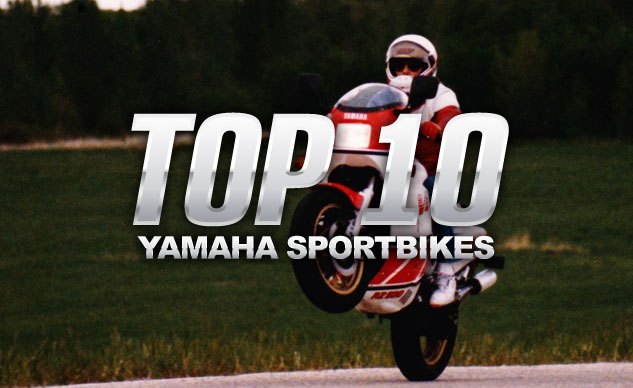















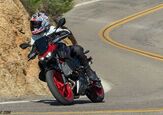
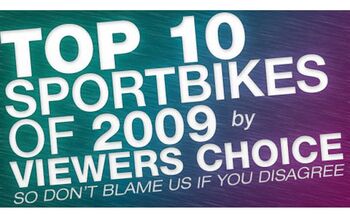
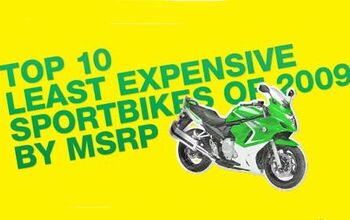

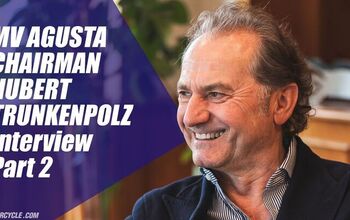
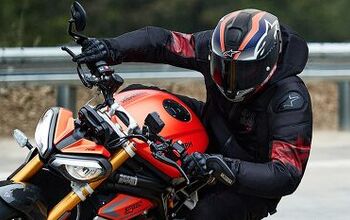
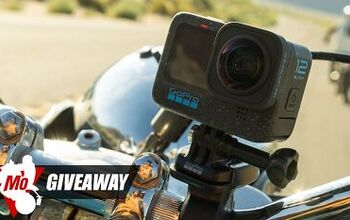



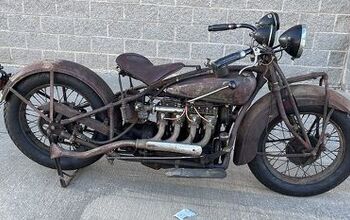
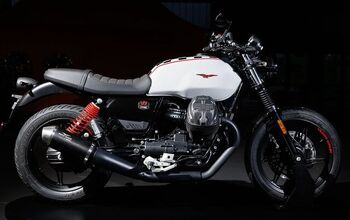


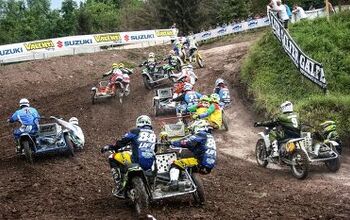


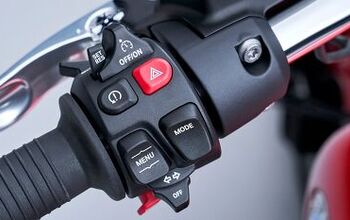
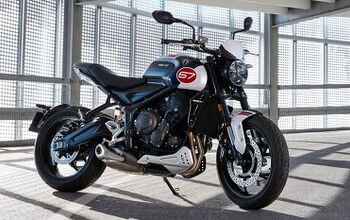
Comments
Join the conversation
That little FZR started my career in motorcycling !! still want an original 89 like my first one.
Among my 30+ motorcycles over 35 years of riding, I've owned two first-year FZ750's, a later-year FZ750, an FZR1000, a YZF1000R "Thunderace," two R1's, and my current FZ1. I thought at least the first and last of these bikes would have made this list, but I understand that there wasn't enough room for every great Yamaha sport bike (or sport-tourer) on a Top 10 List.